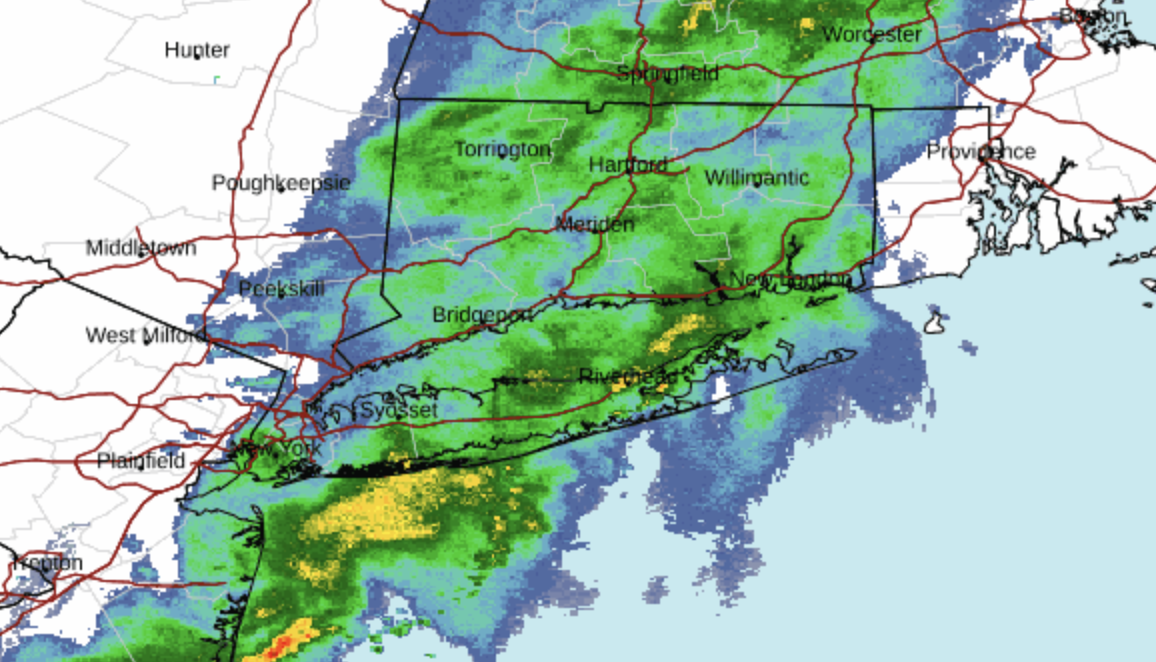Opponents of the Prospect Park West bike lane got some page views in the Park Slope Patch yesterday, repeating arguments from their lawsuit against the city [PDF] (arguments that have also been published, basically unaltered and unanalyzed, in the Daily News and the Post). Their core claim is that DOT should not have used three-year averages to assess the rates of crashes and injuries before the bike lane was installed, because there was a small uptick in crashes and injuries if you compare the second half of 2009, before the bike lane was installed, to the second half of 2010.
If you've ever taken a course in statistics, though, you can tell that the plaintiffs are actually guilty of what they accuse the DOT of doing. The plaintiffs are cherrypicking crash and injury numbers to make it look like DOT selectively used data.
"It is the opponents' lawyers who are grasping at aberrations and doing the very thing they accuse the DOT of -- selectively picking data to stack the deck in their favor."
Compared to the three-year average of crash and injury data used by DOT to assess safety before the project was installed, the opponents are using a smaller and less reliable data set. DOT was following established practice in using multi-year averages to assess injury and crash rates before the redesign -- see this federal compilation of traffic-calming studies [PDF] and this NYCDOT project assessment [PDF] for other examples.
The plaintiffs' year-over-year comparison does not meet established standards of safety evaluation in the transportation engineering profession. The data is too scant: We're talking about four injuries in the 2009 "before" period, compared to five injuries in the 2010 "after" period (four of which were sustained in the same crash, and none of which involved pedestrians).
When you look at a more robust "before" data set -- the three-year average used by DOT -- the rate of injuries and crashes on PPW has declined since the redesign. Ideally, experts say, we could compare crashes and injuries from several years before the redesign was implemented to the same time frame after the redesign. But waiting several years to make the Prospect Park West project permanent would be negligent, knowing that the redesign has substantially reduced speeding, and that lower vehicle speeds are proven to improve safety. Project opponents conveniently omit the reduction in speeding on PPW when making their attacks.
Another rhetorical tactic favored by bike lane opponents is to call for "objective analysis." So don't take my word for it. Here's what transportation planners who had nothing to do with this project had to say about measuring the safety impacts of street redesigns.
Dan Burden is the founder of Walkable Communities, Inc. and served 16 years as bicycle and pedestrian coordinator for the Florida Department of Transportation. He told Streetsblog:
A normal way to compare rates is to use the most recent data going back three years, or five, if you have that data, then averaging. Considering that the number of bicyclists went up post-construction, then it is important to consider the new count versus the old count when comparing crash data. I think [the crash] numbers are only one small part of the total gain... more people are bicycling, fewer people are speeding.
Gary Toth directs transportation initiatives at Project for Public Spaces. He is also a 34-year veteran of the New Jersey Department of Transportation. His take:
When DOTs analyze crash data, they avoid picking one year because there are always peaks and spikes caused by year-to-year happenstances. For instance, it could have been bad luck that a couple extra crashes occurred in any one year. So, it would be logical for NYCDOT to look beyond one year.
Almost no agency would try to reach conclusions based on one year's worth of data -- it is the opponents' lawyers who are grasping at aberrations and doing the very thing they accuse the DOT of -- selectively picking data to stack the deck in their favor.
Rachel Weinberger, a civil engineer and professor of transportation planning at the University of Pennsylvania, said:
Three years is the minimum you want, because any one year could be anomalous.
[A six-month study period] is insufficient to draw conclusions about crashes and injuries, but you have to at some point make a decision, and the positive outcome on speeding is tremendous and unequivocal. Why? Because the DOT has the opportunity to observe vehicle speeds every minute. Whereas if you're counting crashes, because they're such rare events, you need more data to make clear statements.
An experienced transportation professional, who specializes in bike and pedestrian projects and asked to remain anonymous because his firm is under contract with the city, said one year-over-year comparison is "absolutely not" the right way to measure safety effects. He added:
There's only six months of "after" data, so it's premature or speculative to reach conclusions [on crashes and injuries]...
But you can't wait for statisticians. Loads and loads of research shows speed reduction is good. If speeds are reduced, injuries will come down.
The plaintiffs, he said, are like a patient who receives a ten-day prescription from a doctor to cure an illness, then sues the doctor after two days because not all the symptoms have disappeared.
Noah Kazis contributed to this post.





